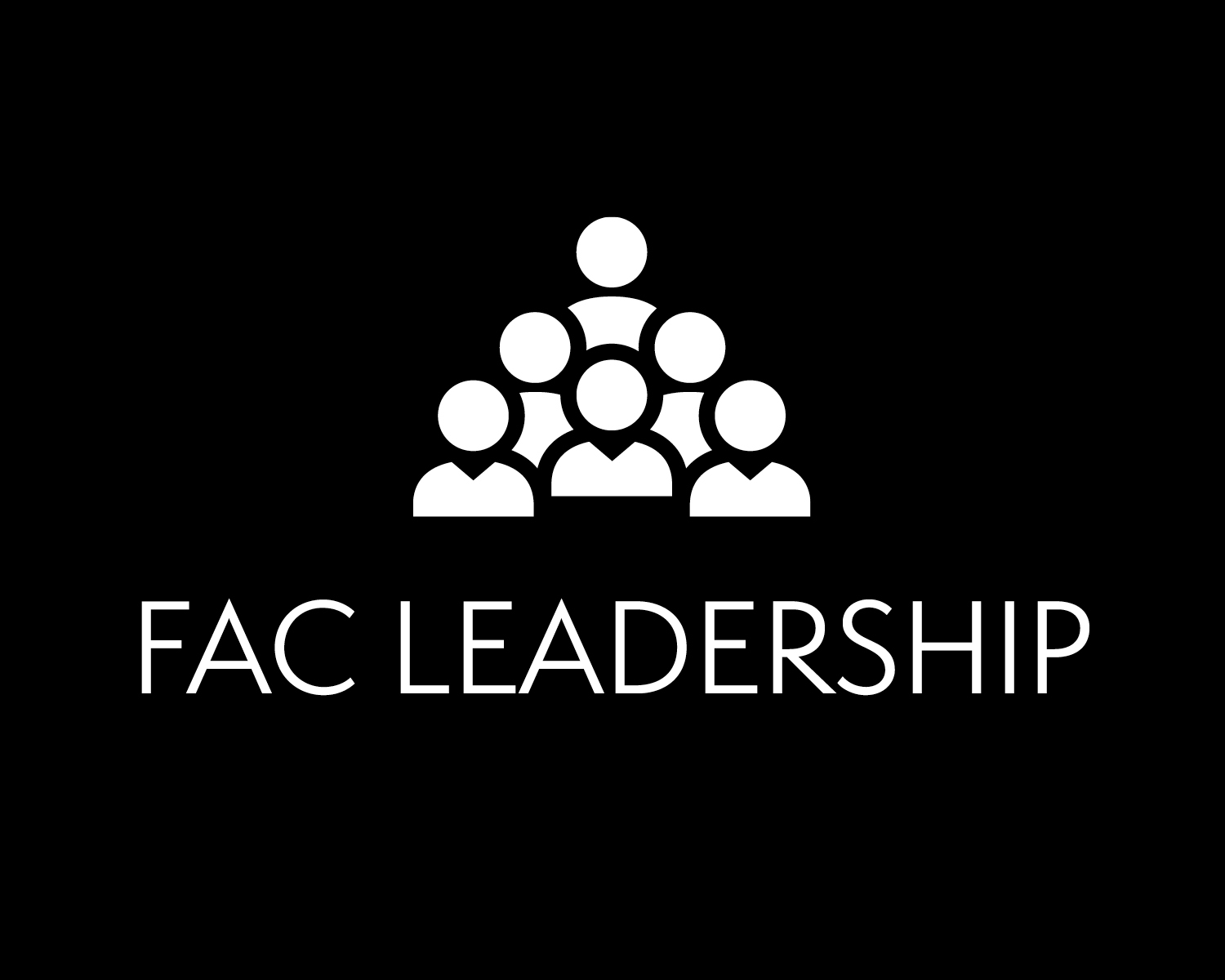Steve Brewster | Affiliated Fund Development Coordinator
When I moved to Massachusetts after law school, a friend took me for a hike up Mount Monadnock in New Hampshire. I was hooked! Soon after that, my brother gifted me a membership to the Appalachian Mountain Club (AMC). As part of my membership, I routinely received publications from AMC, and in the Fall of 1987, I got a newsletter containing an essay titled “Reflections on Leadership—Arguably, Two of the Most Powerful Leadership Ideas Yet.” I still have a copy of that article written by John O. Tovrov and the principles continue to guide my work with groups and approach to leadership today.
SITUATIONAL LEADERSHIP
The first of his powerful ideas, generally referred to as “Situational Leadership,” was borrowed from Hersey and Blanchard (co-authors of The One Minute Manager). Blanchard and Hersey proposed that leadership effectiveness is directly related to how well a leader’s style matches the needs of the group being led. They further suggested that the needs of the group are a function of the maturity of the group. Tovrov restated this in a way that I think makes the idea easier to understand:
“Prospective leaders must be able either to change their style to meet the needs of the group, or to find a group that matches their style of leadership.”
He concluded that nothing else will work. I am a firm believer that he is correct. He goes on to explain why leaders need to able to adjust to the needs of the group—because groups with no experience have distinctly different needs than mature groups, with as much or more experience as the designated leader. Group members also have different expectations of the leader. And the leader has expectations for the group. A good leader will acknowledge and address both sets of expectations. In Tovrov’s words:
“The expectations of followers form the most important external determinant of a leader’s success; the leader’s expectations of the group, the most important internal one.”
Accordingly, a leader will not experience success—or be effective—using an autocratic leadership style with a group of knowledgeable or experienced peers. Especially if some or all members of the group being led are also leaders. Most leaders in Fund Advisory Committees will want to practice Situational Leadership, focusing on the consulting and selling styles, engaging participants and using their experience to decide what and how to accomplish the agreed upon goal.
CONSENSUS DECISION-MAKING
Tovrov sums up his second powerful leadership idea this way: “Good leadership often means not making a decision.” That is because it has been shown that groups make better decisions than individuals—about 80% of the time. Which means left to their own minds and devices, leaders—by themselves—make the best decisions only 20% of the time or less! By engaging the group and making certain that everyone’s perspective and voice is heard, guiding the discussion to a decision that everyone can live with and commit to, a leader helps create the conditions for the best possible result. Consensus decision-making assumes that the group has both the wisdom and the experience to make the best decisions for achieving identified goals.
When you vote, it often means that somebody loses. Leaders prefer working with a group committed to a shared goal and the action decided upon, thereby avoiding a situation whereby a losing voter(s) is/are resisting, or worse sabotaging, progress toward the shared goal. Most all successful leaders will champion the idea that time spent reaching a decision by consensus is more than worth the trouble of later trying to get buy-in from disgruntled participants.
Accordingly, I invite you to experiment with these two powerful leadership ideas:
- Use Situational Leadership. Determine the needs of the group and adjust your style.
- Facilitate the Consensus style of leadership when making decisions. Leadership is not a democracy.
These two ideas have withstood the test of time.



